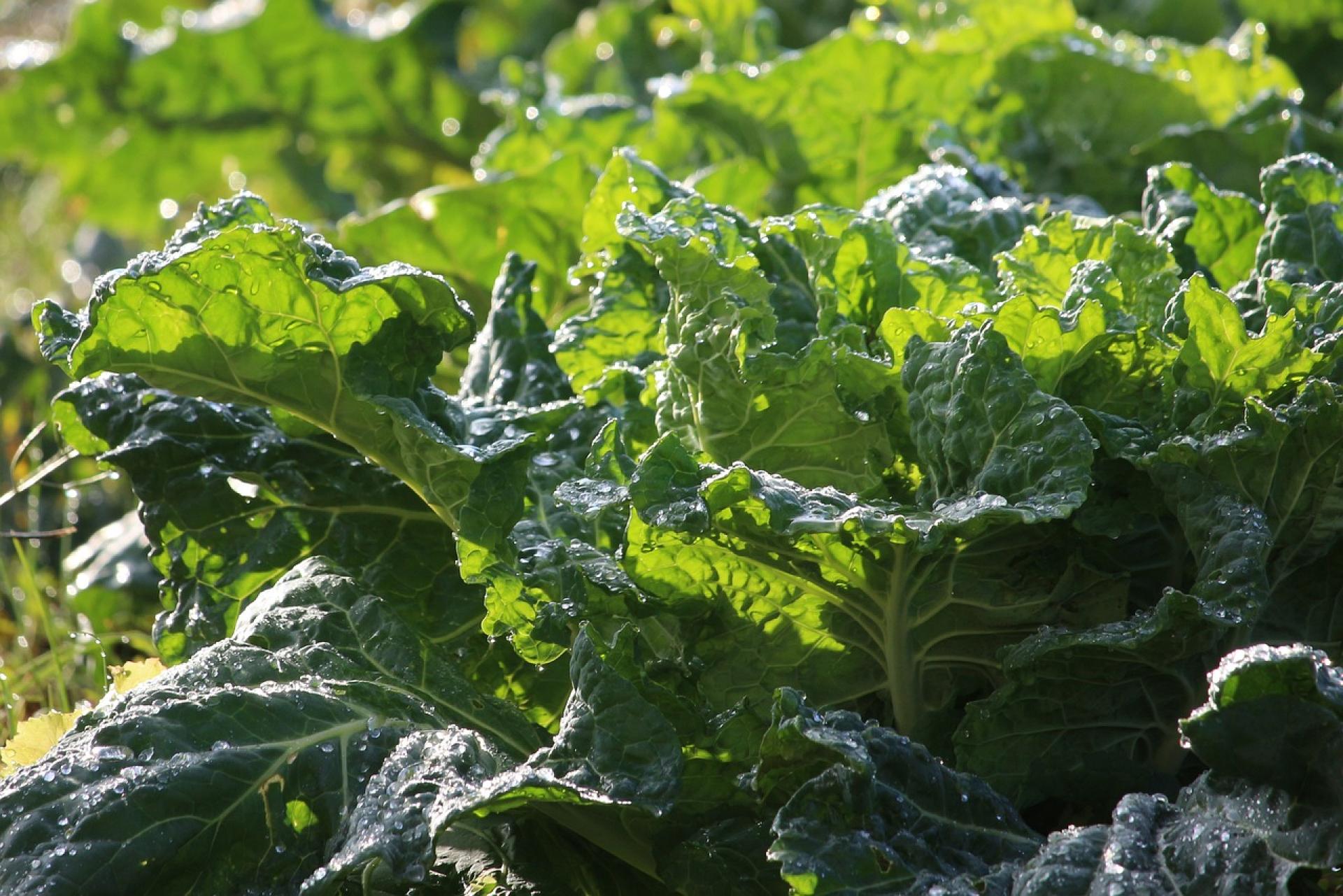You are here
Be A Better Gardener: A New Crop for a Yankee Garden
Be A Better Gardener: A New Crop for a Yankee Garden
by Thomas Christopher
Although my training was in ornamental horticulture – that is, the creation and maintenance of ornamental landscapes and gardens – my private passion has always been for food gardening. This focus has intensified, too, as I grow older. Indeed, now that I am age 69 years old, although I spend my work week talking with cutting-edge gardeners about the latest techniques for cultivating flowers, shrubs, grasses, and trees in such a way as to enhance the local environment, my weekends are reserved for my ever-expanding vegetable and fruit plots.
The way I cultivate these edible crops has been changing, too. In part that reflects the better understanding that is emerging about how to grow edibles more sustainably and without pesticides. Some of the changes in my vegetable garden, however, also changes in the local landscape, in particular the rapid changes in the local climate. Gardeners in the Northeast have, so far, experienced much fewer challenges than many other parts of the country. Drought is not chronic in our region; in fact, we seem to be moving into an era of greater precipitation, although the rain in particular is coming in fewer but more violent storms. We have been blessedly free so far from the sort of wildfires that are devasting much of the West and northern Canada.
Still, our hotter, longer summers are increasingly posing challenges to crops on which I have relied in the past. This is especially true of spring crops such as peas and spinach. Our springs seem to be shorter in recent years. They come sooner but then transition rapidly from too cold and wet for planting to a hot and dry condition that is fatal to many traditional European crops. I am finding that the longer, significantly warmer growing seasons typical now in the hills of western Massachusetts are better suited to cultivating vegetables that I used to think of as Southern.
An example of this is a Southern stand-by, collards, that I grew for the first time this year.
Collards are not only notably cold tolerant, surviving temperatures that drop to 15° or even 10° Fahrenheit, they are also much more heat tolerant than traditional northern spring greens such as spinach. In the South, where summer temperatures really soar, collards are traditionally grown as a fall and winter crop. In my Northeastern garden, though, a spring planting of two dozen seedlings produced robust plants that just got bigger and better right through the summer.
Collards are not as fast maturing as spinach. The cultivar I selected, ‘Top Bunch,’ needs 50 days from sowing to mature, whereas my stand-by spinach, ‘Space,’ matures in just 25 days. That’s why I chose to start the collards under lights indoors, sowing the seeds into a tray of seed-starting mix on April 11th. By May 8th, the young seedlings were ready to be moved outdoors to be hardened off, and on May 14th, they were planted out into the garden. The late frost that came just 4 days later didn’t bother them, and within a few weeks, just as my spring planting of lettuce was aging out, I started harvesting collards, stripping a few of the lowest leaves from each plant. I am still harvesting leaves from those plants as of this writing in late September, and I expect this bounty will continue well into October. This gradual harvest makes them much easier to manage than their relatives the cabbages, which are harvested all at once as huge ball-shaped heads.
Collards are often labeled as a “superfood,” and in fact, they are unusually rich in vitamins and other nutrients, as well as antioxidants and fiber. I’ve been experimenting with the different recipes I’ve found online. So far my favorite is to simmer them for a half hour or so in a broth that I make out of smoked ham hocks and then add a dash of rice or cider vinegar right before serving. I’ve used a pressure cooker to can 14 pints of collards and ham hocks, so I will have greens to eat long after winter finally puts my vegetable garden to bed.
Be-a-Better-Gardener is a community service of Berkshire Botanical Garden, located in Stockbridge, Mass. Its mission, to provide knowledge of gardening and the environment through a diverse range of classes and programs, informs and inspires thousands of students and visitors each year. Thomas Christopher is a volunteer at Berkshire Botanical Garden and is the author or co-author of more than a dozen books, including Nature into Art and The Gardens of Wave Hill (Timber Press, 2019). He is the 2021 Garden Club of America's National Medalist for Literature, a distinction reserved to recognize those who have left a profound and lasting impact on issues that are most important to the GCA. Christopher’s companion broadcast to this column, Growing Greener, streams on WESUFM.org, Pacifica Radio and NPR and is available at berkshirebotanical.org/growinggreener.
Help Our Garden Grow!
Your donation helps us to educate and inspire visitors of all ages on the art and science of gardening and the preservation of our environment.
All donations are 100 percent tax deductible.


